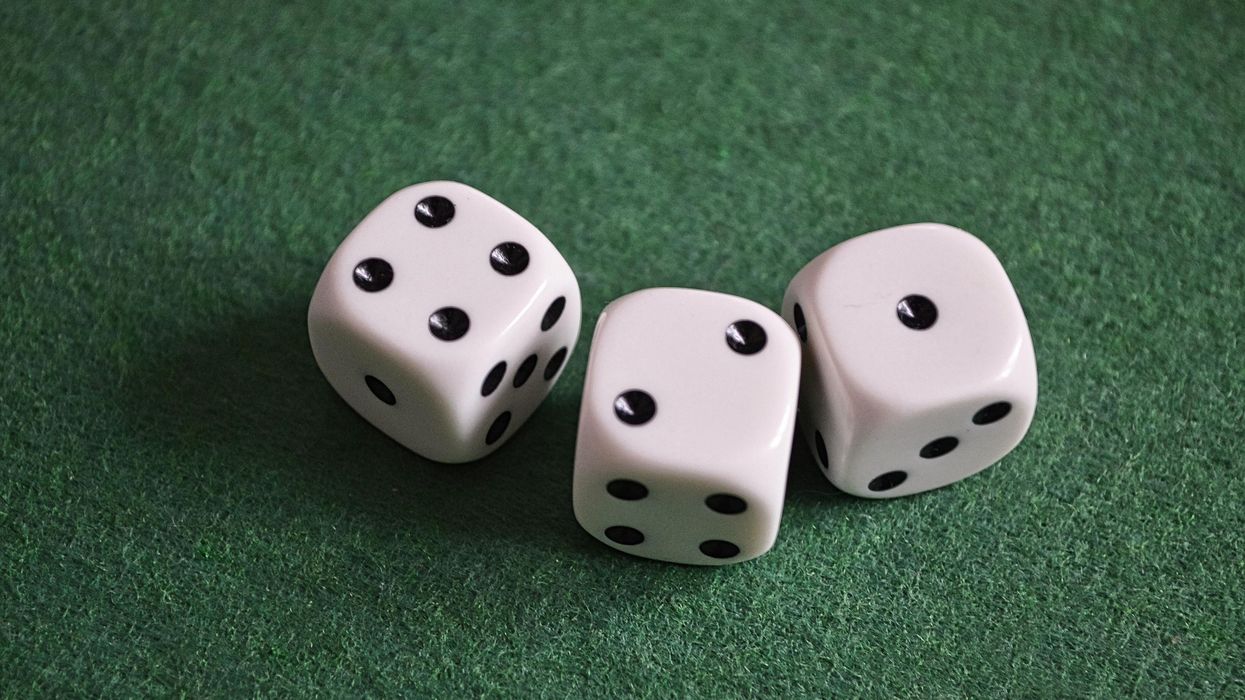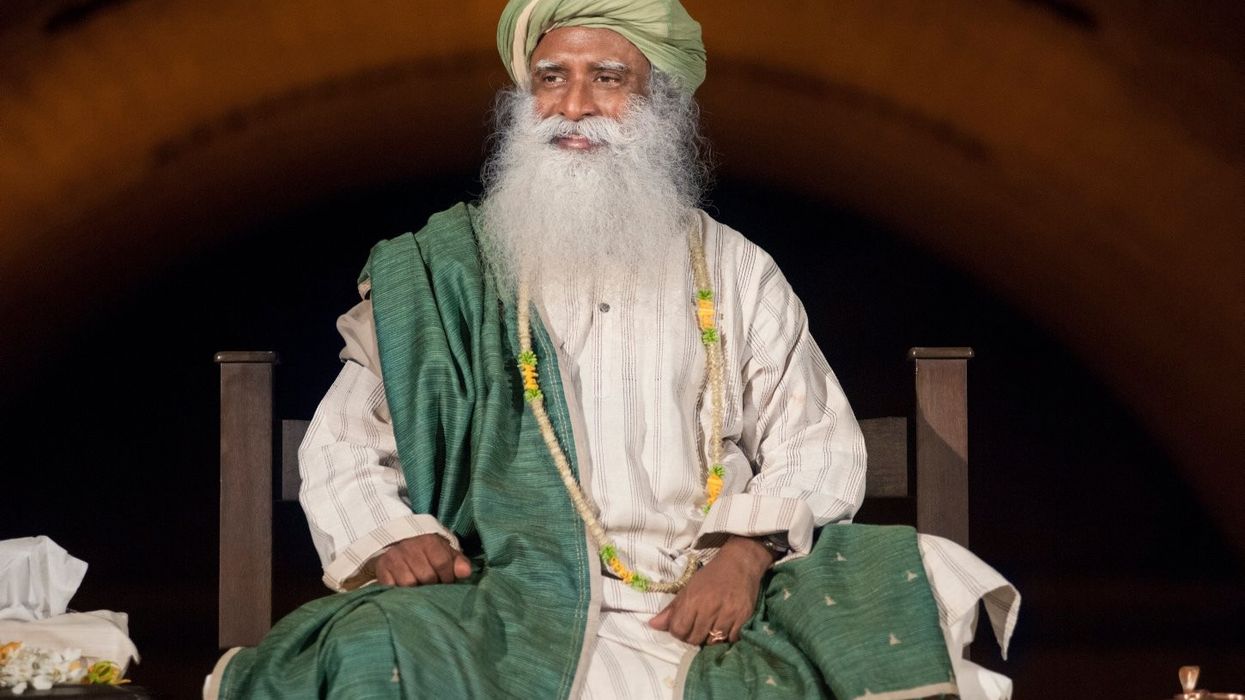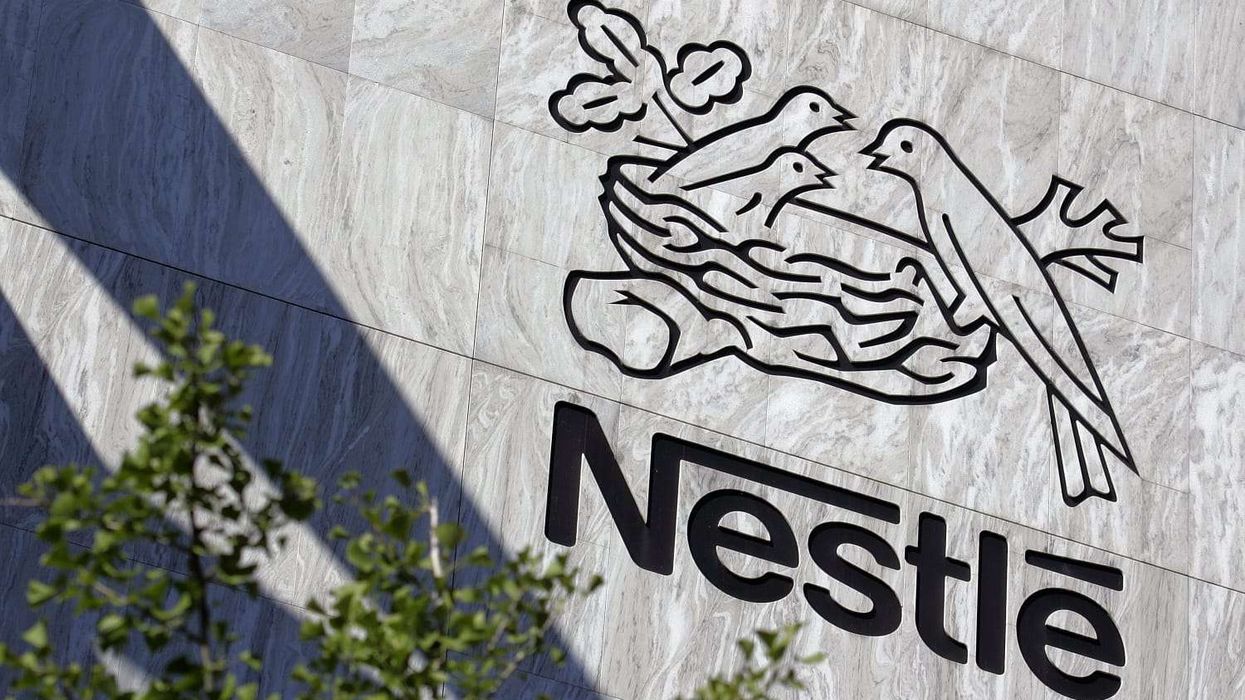Neuroscientists have recently concluded that a direct correlation between pre-action brain activity and the intention to execute an action might not exist.
They argue that the well-known Libet paradigm from the 1970s and 1980s, often used to investigate the presence of free will in decision-making, may not be entirely suitable for this purpose.
During the above-mentioned period, Benjamin Libet, an eminent American neuroscientist in the realm of human consciousness, conducted research revealing that the brain exhibited electroencephalogram (EEG) activity predicting a forthcoming movement approximately 0.5-1.5 seconds before conscious awareness of the intention to perform the action.
The results were concluded to mean that the brain made a decision and sent a readiness potential before the person realised it, and that our actions were nothing more than a result of an unconscious physiological process in the brain.
The researchers at the National Research University Higher School of Economics, Moscow, Russia, questioned this experimental paradigm and in their new study confirmed that the time of intention awareness in Libet's experiments was determined incorrectly.
Further, EEG activity, or the brain signal indicating the readiness of a decision, recorded by Libet before the decision was made, actually had no direct link to this decision, they said in their study published in the journal Neuropsychologia.
In Libet's original experiment, the subjects were asked to occasionally bend their wrists and at the same time remember the moment when they felt ready to perform this action.
The time of intention awareness was recorded from the words of the subjects themselves - they observed a point that moved along the screen-dial, similar to a clock hand, and indicated the position of the point when they felt the desire to bend their hand.
The moment of the final decision was determined by the exact reading of the sensor attached to the wrist of the subjects.
In this study, the neuroscientists repeated the experiment with two groups of subjects, adding small changes to the task in one of the groups.
Using behavioural reports and hypersensitive EEG techniques, the scientists investigated the correlation between the time of intention awareness and the time of final decision.
They found that the time of awareness can be influenced by experimental procedures: for example, without certain training, the subjects were barely able to determine their intentions, and the traditional Libet paradigm pushed them to the feeling that they can determine the moment of decision-making and intention.
Apparently, the instruction itself in the Libet task made the participants feel that the intention should emerge long before the final decision is made, the researchers said.
Confirming the absence of a correlation between the brain signal and decision-making, they said that the sense of intention emerged in the subjects at different points in time, whereas the readiness potential was always registered at about the same time.
Thus, they said, the readiness potential may reflect the general dynamics of the decision-making process about making a move, but it did not mean that the intention to act has already been generated.
"It appears that the classical Libet paradigm is not suitable for answering the question of whether we have free will while making decisions. We need to come up with a new approach to this extremely interesting scientific puzzle," Dmitry Bredikhin, study author said.
(PTI)












